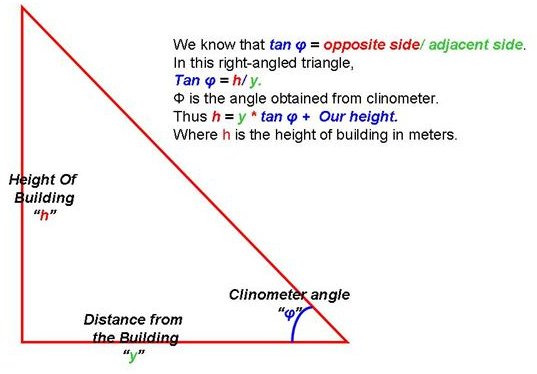

Line 4: the value of the variable first is 5 Line 4: copy 5 to the value of the variable first Line 2: the value of the variable second is 23 Line 2: copy 23 to the value of the variable second Line 2: copy the value of the variable first into the calculation, its value is 2 Line 1: the value of the variable first is 2 Line 1: copy the result of the calculation 1 + 1 as the value of the variable first Let's demonstrate the execution with the following program code:
#JAVA MATH CALCULATOR CODE#
As you're reading the program, write down the names of any new variables, while making a note of how the values of the variables in the code change line by line. Perhaps the best way to understand a program's execution flow is through the use of pen and paper. 42 = value - fortunately, IDEs provide support on this issue too. The confusion also manifests itself in situations where the programmer accidentally writes e.g.

When a value is assigned to a variable, the same chain of events always occurs: the value on the right-hand side of the equality sign is copied and assigned to the variable on the left-hand side (i.e., copied to the location specified by that variable).

When a computer executes program code, it does it one command at a time, always advancing exactly as specified by the code. Loading Misunderstandings Related to the Value of a Variable


 0 kommentar(er)
0 kommentar(er)
